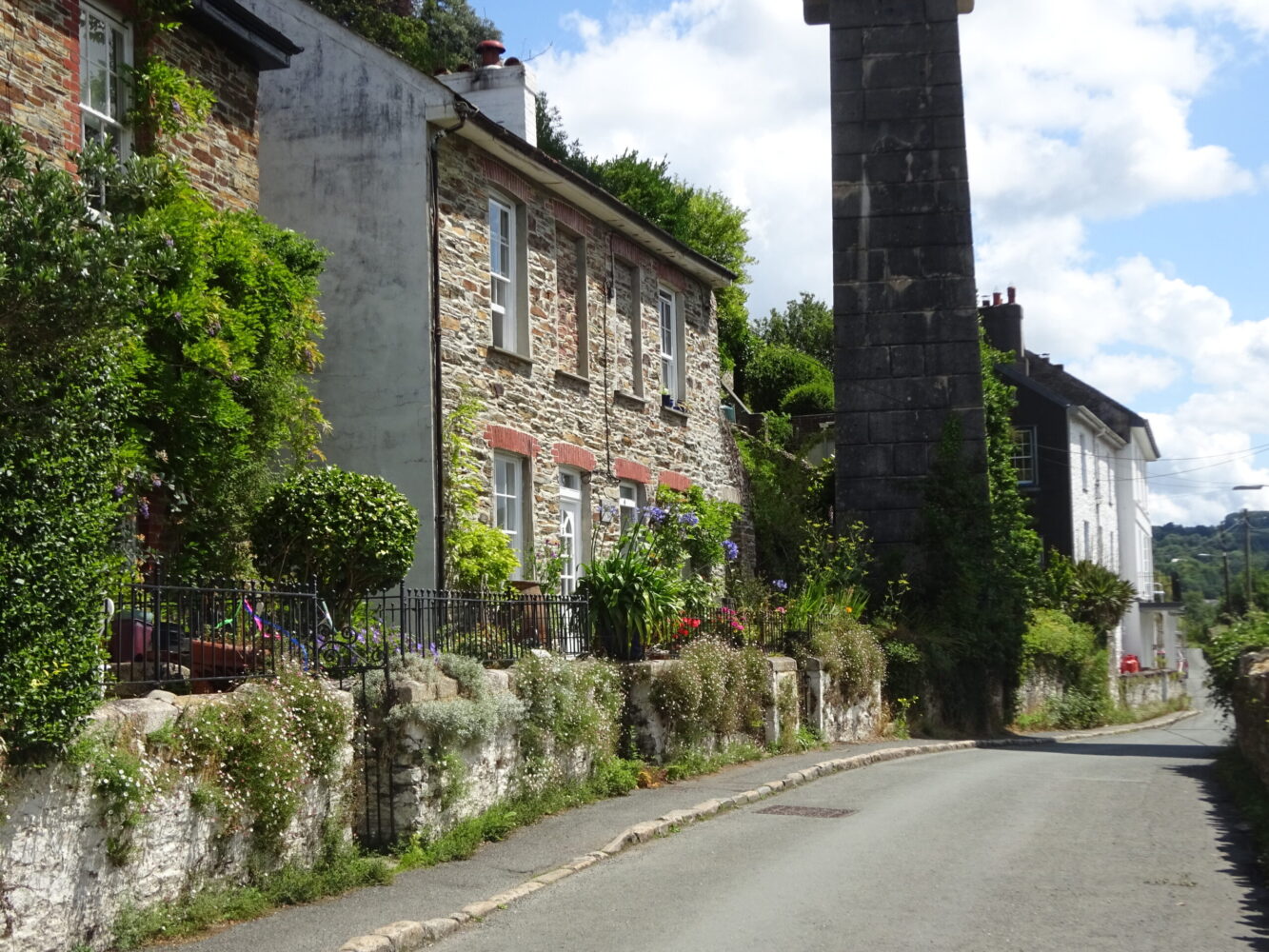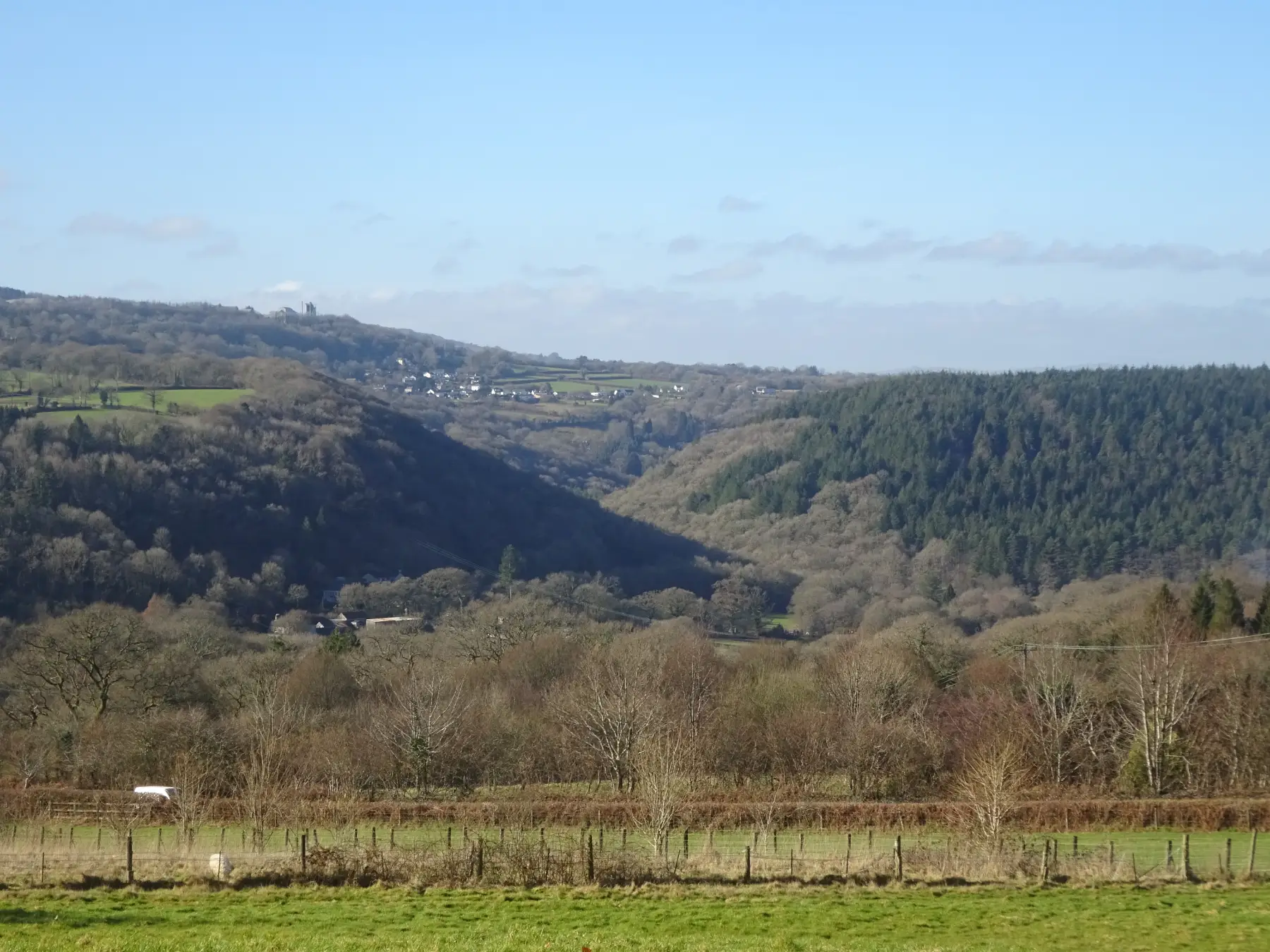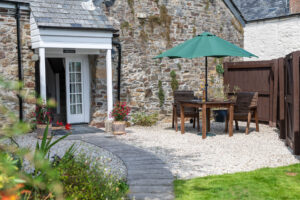Arriving at a fork in the path, you’ll notice a gate straight ahead, leading to the Wheal Emma incline—an important part of Devon Great Consols (DGC), as it served as the easternmost mine and commenced operations in 1848. Instead, take the left path, which is the main trackbed. After a short distance, make a sharp left turn (the bridge ahead, now covered in vegetation, once spanned the railway line), and then turn right.
As you continue on the path, it rejoins the trackbed and gracefully curves left the lush wooded Rubbytown Valley. Interestingly, this very valley is where J.M.W. Turner created the preliminary sketches for his renowned painting, “Crossing the Brook,” when he visited the Tamar in 1813. Unfortunately, the view of the river from that era is now obscured by trees.
Pass through a spacious clearing, re-entering trees and soon you will encounter a fork in the path.




















































